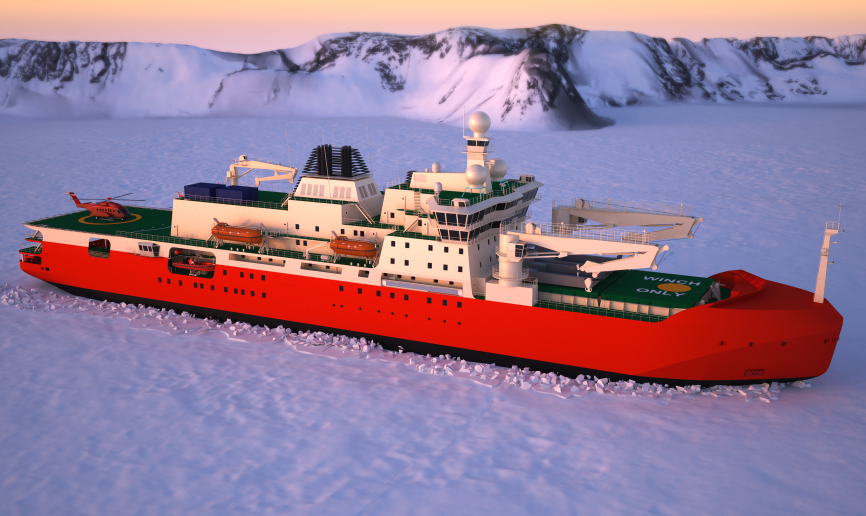Antarctic efforts backed
 Tasmania's role as an Antarctic gateway may be secure, but newly-funded wharf upgrades come with strings attached.
Tasmania's role as an Antarctic gateway may be secure, but newly-funded wharf upgrades come with strings attached.
The Australian and Tasmanian governments have finalised an agreement to secure the future of Hobart as the primary gateway for Australia’s Antarctic Program.
The deal includes a $188 million commitment from the Federal Government over four years to upgrade Macquarie Wharf 6, the home port for the Antarctic icebreaker RSV Nuyina.
The agreement helps maintain Tasmania’s role in supporting Antarctic research, but also leaves the Tasmanian Government accountable for managing potential cost blowouts and delays, as well as implementing a refuelling solution for the vessel.
Prime Minister Anthony Albanese described the investment as crucial for both Hobart and the broader Antarctic research effort, noting that “Tasmania will remain Australia’s gateway to Antarctica, as it should be”.
Premier Jeremy Rockliff has echoed this sentiment, highlighting the historical significance of Tasmania in Antarctic exploration, which stretches back to the 19th century.
The construction of the new wharf will be overseen by the Tasmanian Government, with work expected to commence in 2025.
During the construction phase, the Tasmanian Government has committed to providing continued access to existing portside facilities, shoreside power, and refuelling services for the Nuyina.
The vessel is considered the lifeline of Australia’s Antarctic and sub-Antarctic research stations, making the redevelopment essential for sustaining operations in the region.
However, despite the progress, the project is not without controversy.
TasPorts, the state-owned operator of Tasmania’s ports, had initially estimated the wharf redevelopment would cost $515 million, which Federal Environment Minister Tanya Plibersek called “exorbitant”.
This original estimate was 14 times higher than what the Commonwealth currently pays for access.
The federal government has agreed to contribute $188 million over four years towards building the new wharf, but the cost of leasing the wharf is still to be negotiated.
Concerns have also been raised over TasPorts’ ability to deliver the upgrades on time and within budget.
The Tasmanian Greens have pointed to past infrastructure failures, including delays and cost overruns in the redevelopment of berths for the Spirit of Tasmania, and are urging the state government to closely monitor the project to avoid further taxpayer-funded blowouts.
A major aspect of the agreement is the requirement for the Tasmanian Government to fund and manage the refuelling infrastructure for the Nuyina.
Owing to safety concerns, TasPorts has prevented the vessel from refuelling in its home port under the Tasman Bridge, forcing it to travel to Burnie in north-west Tasmania. This arrangement has reportedly added almost $1 million per year in additional costs.
The Tasmanian Government says it is currently exploring solutions, including the potential deployment of a fuel barge in Hobart by the end of the year.
Still, Ms Plibersek nas noted the economic importance of the Antarctic and Southern Ocean sector, which employs nearly 1,000 people in Tasmania and contributes more than $183 million annually to the state’s economy.







 Print
Print



